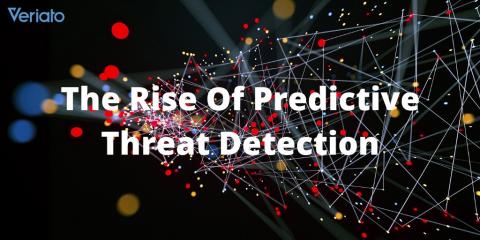The Rise of Predictive Threat Detection
Once upon a time, threat detection was based on delayed and reactive notifications associated with rudimentary alerting processes: A system failed, a database of your customer information was found for sale on the dark web, an employee admits to wrongdoing, and more. Addressing these threats was a completely reactive process.









